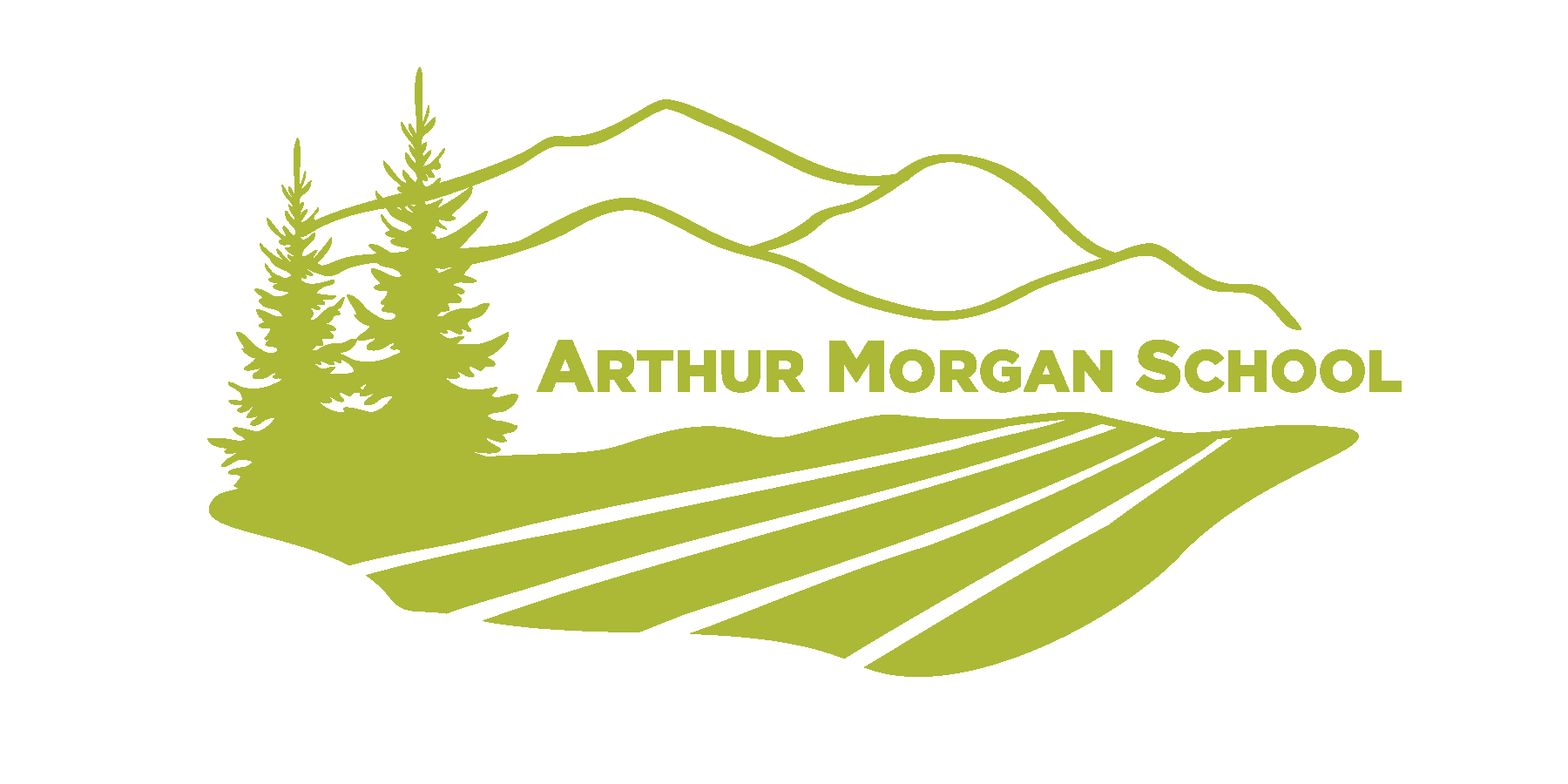Enter the Human Body
By Ara Vickers
During the first couple of weeks, The Human Body core class charted out the human cell, diving deep into it’s various organelles. Mitochondria, Golgi apparatus and all, our class has soaked up the information spewed out from sources such as videos, Radiolab podcasts and creative explanations from Tal. Walking home from school I would often catch myself glancing around in wonder. I would closely examine rhododendron leaves, imagining I could see the leaves’ individual cells. [blockquote align=”center” cite=”Ezra, Grade 7″]Learning about my body and it’s complicated systems is fascinating.[/blockquote]

 From there, we studied viruses, the silent killer. Unfortunately this often resulted in a quiet fear that split across the room and struck some of my more germ sensitive classmates. Ebola was often the talk of our class, as the epidemic in Africa continues to rage. We discussed how much of a risk we were actually in (none), and the political aspects of Ebola. Why did doctors in England and America give extra attention to white patients? Tal came up with an interesting theory–proclaiming that Africa needs other continents’ help. Doctors and nurses from other places are very important right now. A doctor or nurse here might go and help more, if they knew they would be properly cared for if they contracted the disease. It makes serving a lot less scary if there is a chance you will live.[blockquote align=”center” cite=”Ari, Grade 8″]I enjoy a wonderful teacher, teaching a wonderful class.[/blockquote]
From there, we studied viruses, the silent killer. Unfortunately this often resulted in a quiet fear that split across the room and struck some of my more germ sensitive classmates. Ebola was often the talk of our class, as the epidemic in Africa continues to rage. We discussed how much of a risk we were actually in (none), and the political aspects of Ebola. Why did doctors in England and America give extra attention to white patients? Tal came up with an interesting theory–proclaiming that Africa needs other continents’ help. Doctors and nurses from other places are very important right now. A doctor or nurse here might go and help more, if they knew they would be properly cared for if they contracted the disease. It makes serving a lot less scary if there is a chance you will live.[blockquote align=”center” cite=”Ari, Grade 8″]I enjoy a wonderful teacher, teaching a wonderful class.[/blockquote]
 We started focusing on the base of our bodies–bones! Our assignments were a bit different. Each of the students were assigned a different part of the skeleton (with a lovely skeleton helper named George). I had the coccyx and lumbar vertebrae (the bones of your lower spine and back). We gave presentations on our separate bone sections. We then diverged into the bloodstream! Blood pressure, hearts, and arteries, OH MY! This information was quickly learned because of the way it was presented to us. Dissection! Of a real dead pig’s heart. A Celo doctor and mom of one of our students came to show us how to measure blood pressure (manually). What was even greater was learning about platelets and red blood cells, what forms blood clots and much, much more. What followed was a dissection of the lungs. Tal was successful at literally inflating the lungs, to give an example of what they look like fully expanded. We observed the diaphragm, esophagus, and larynx. Then came the digestive system. We listened to Gulp. by Mary Roach, an exploratory journey going deep into our stomachs and beyond. We started with the enzymes in our mouth and ended at the rectum (end of the large intestine). For the next few weeks we will be studying the reproductive organs, the nervous system and brain. There is an ongoing concatenation of information in this class that enchants my mind and leaves me wondering.[blockquote align=”center” cite=”Tal Galton, Teacher”]The human body is an incredible example of an evolutionary outcome, millions of years in the making, and we get to inhabit it.[/blockquote]
We started focusing on the base of our bodies–bones! Our assignments were a bit different. Each of the students were assigned a different part of the skeleton (with a lovely skeleton helper named George). I had the coccyx and lumbar vertebrae (the bones of your lower spine and back). We gave presentations on our separate bone sections. We then diverged into the bloodstream! Blood pressure, hearts, and arteries, OH MY! This information was quickly learned because of the way it was presented to us. Dissection! Of a real dead pig’s heart. A Celo doctor and mom of one of our students came to show us how to measure blood pressure (manually). What was even greater was learning about platelets and red blood cells, what forms blood clots and much, much more. What followed was a dissection of the lungs. Tal was successful at literally inflating the lungs, to give an example of what they look like fully expanded. We observed the diaphragm, esophagus, and larynx. Then came the digestive system. We listened to Gulp. by Mary Roach, an exploratory journey going deep into our stomachs and beyond. We started with the enzymes in our mouth and ended at the rectum (end of the large intestine). For the next few weeks we will be studying the reproductive organs, the nervous system and brain. There is an ongoing concatenation of information in this class that enchants my mind and leaves me wondering.[blockquote align=”center” cite=”Tal Galton, Teacher”]The human body is an incredible example of an evolutionary outcome, millions of years in the making, and we get to inhabit it.[/blockquote]
